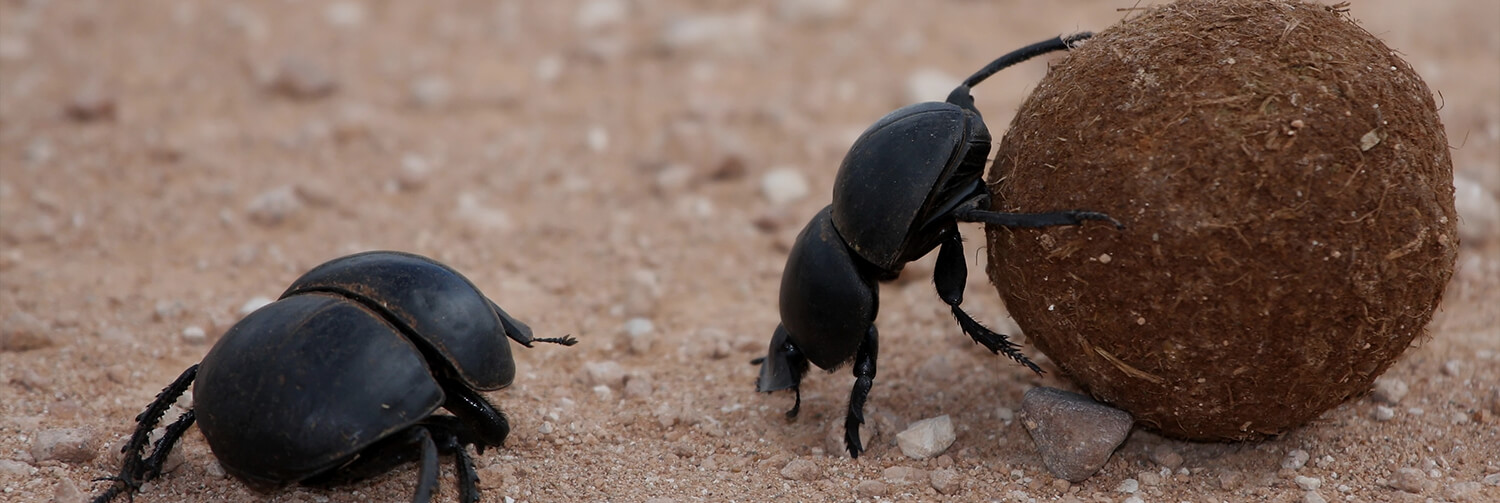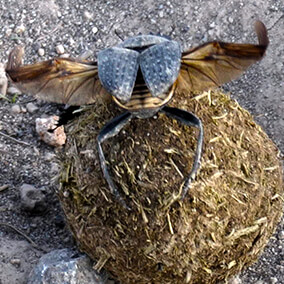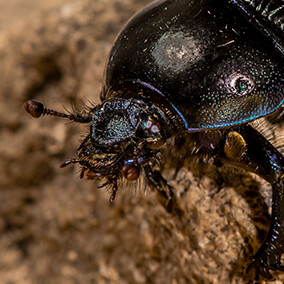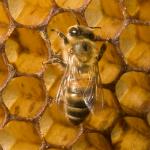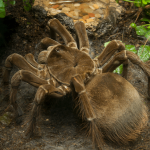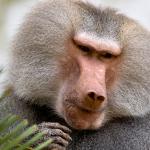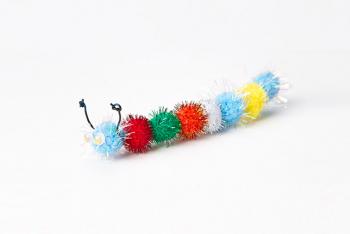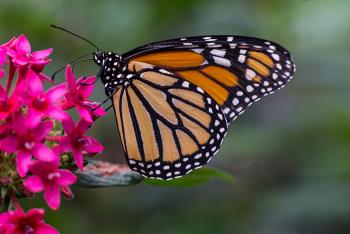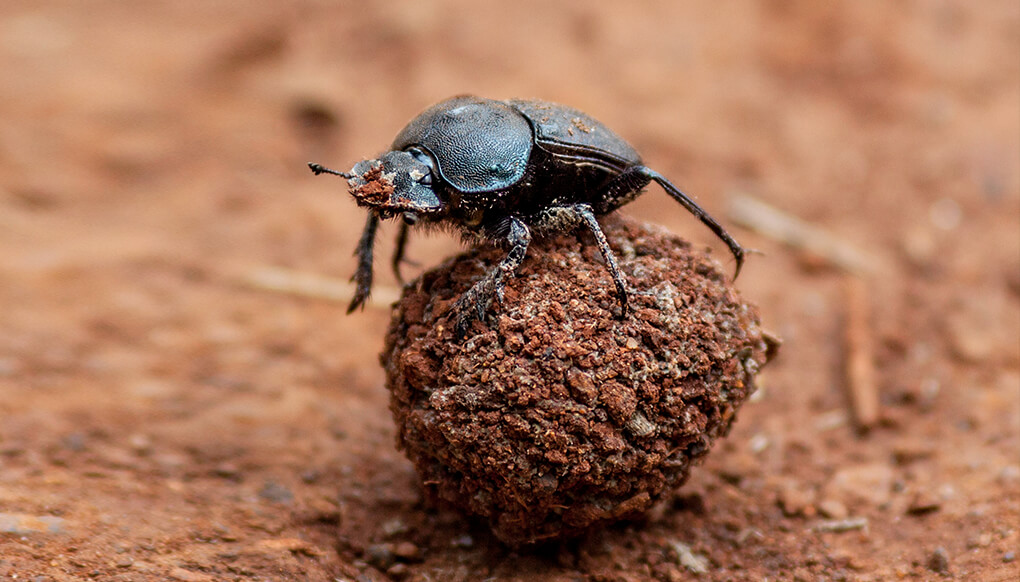
Dung beetle

Arthropods


Stable
facts

Dung beetles eat liquid from animal dung. A few species only feast on the dung of carnivores, while others skip the doo-doo and instead eat mushrooms, carrion, and decaying leaves and fruits.

Dung beetles are found in grasslands, deserts, farmland, forests, and prairies.
description
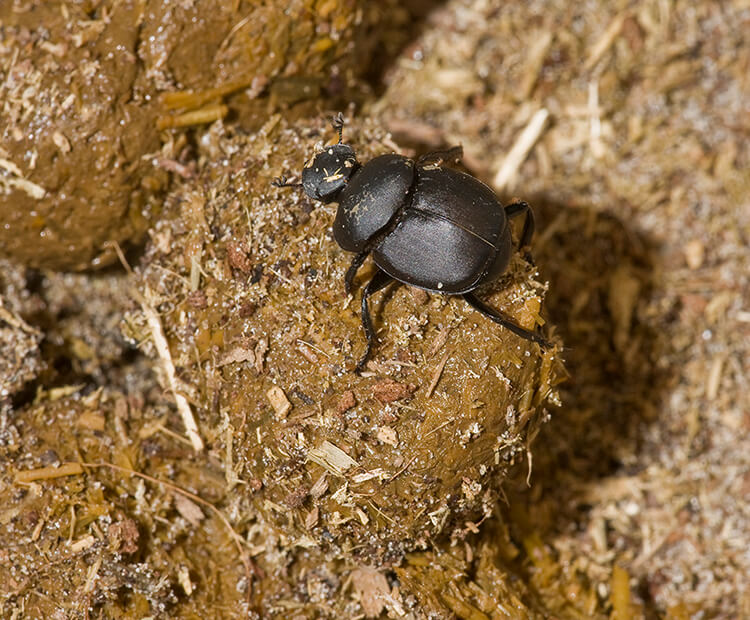
Here's the scoop
You might want to stay away from animal poop, but dung beetles search for it! They use it for food and a place to lay eggs (so their young will have food).
By burying animal droppings (also called dung), the beetles loosen and nourish the soil and help control fly populations.
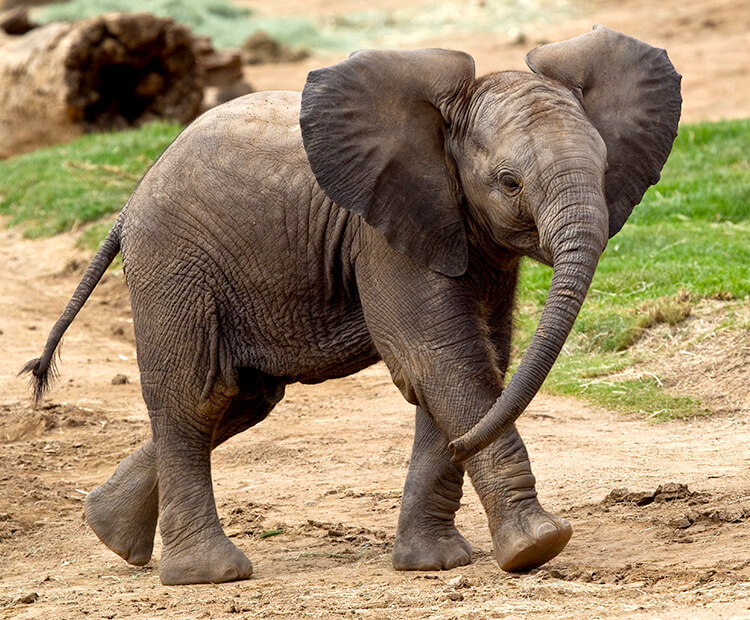
Eating leftovers
Most dung beetles use the droppings of herbivores, which do not digest their food very well. Their dung contains half-digested grass and a smelly liquid. It is this liquid that the adult beetles feed on. Dung beetles also lay their eggs in animal manure so their offspring have food to eat when they hatch.
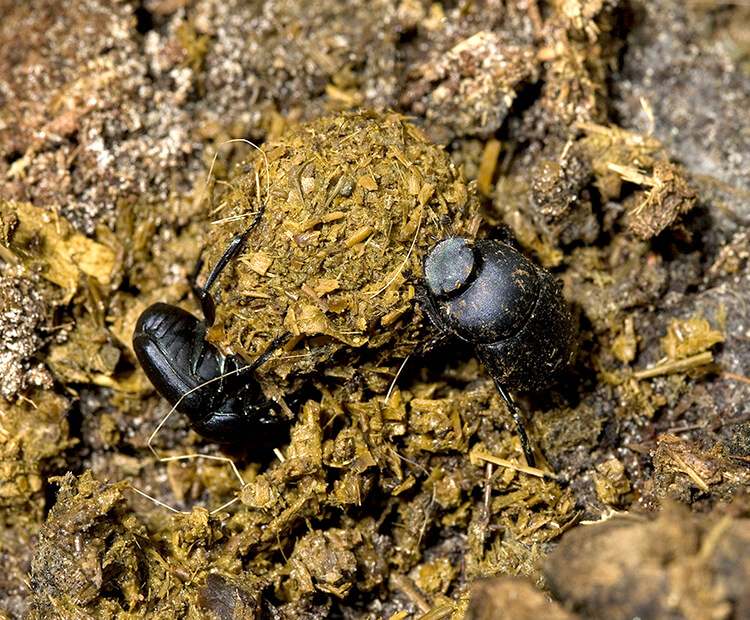
Dirty business
Scientists group dung beetles depending on what they do with the droppings. There are tunnelers, rollers, and dwellers.
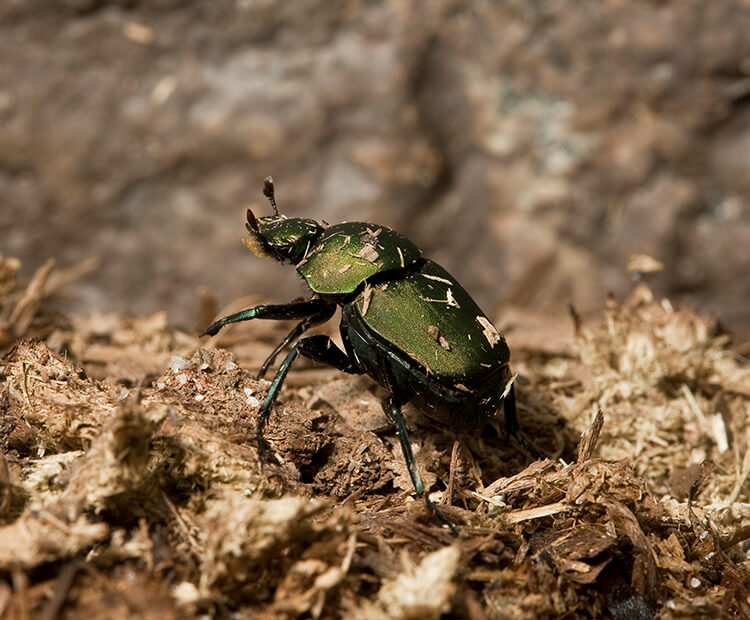
Going down
Tunnelers land on a pat of manure and dig down through it and underground. They bury a portion of the dung underground to keep it fresh. The female lays her eggs in the hidden treasure.
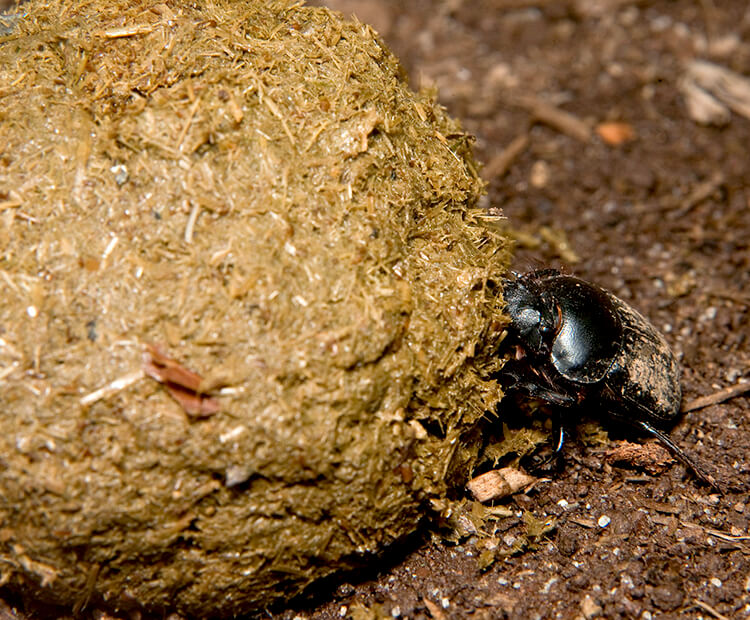
On a roll
A "roller" type beetle makes dung into a ball. Then it rolls the ball away and buries it. The ball might be used for a female to lay her eggs in. Or, it might end up as food for another time.
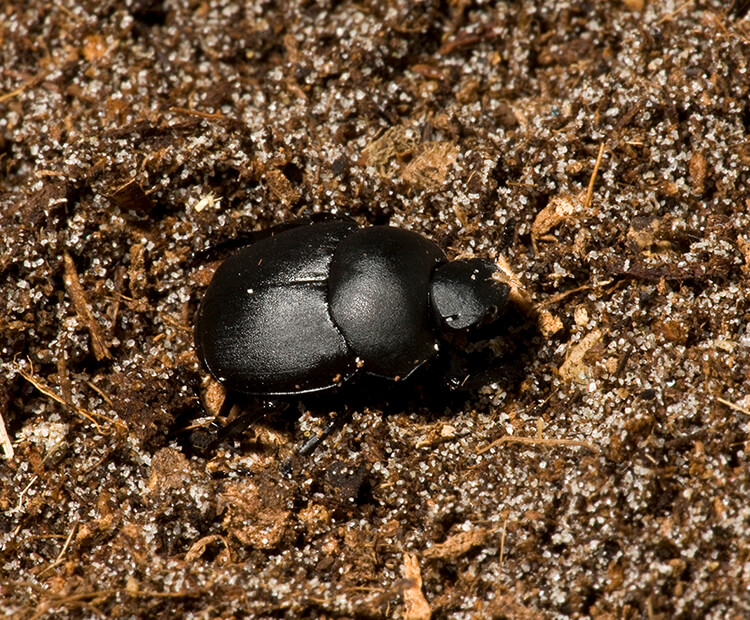
On top of it all
Dwellers simply sit on top of the ball of droppings. They lay their eggs in the dung. When the eggs hatch, the larvae feed on the dung, too.

